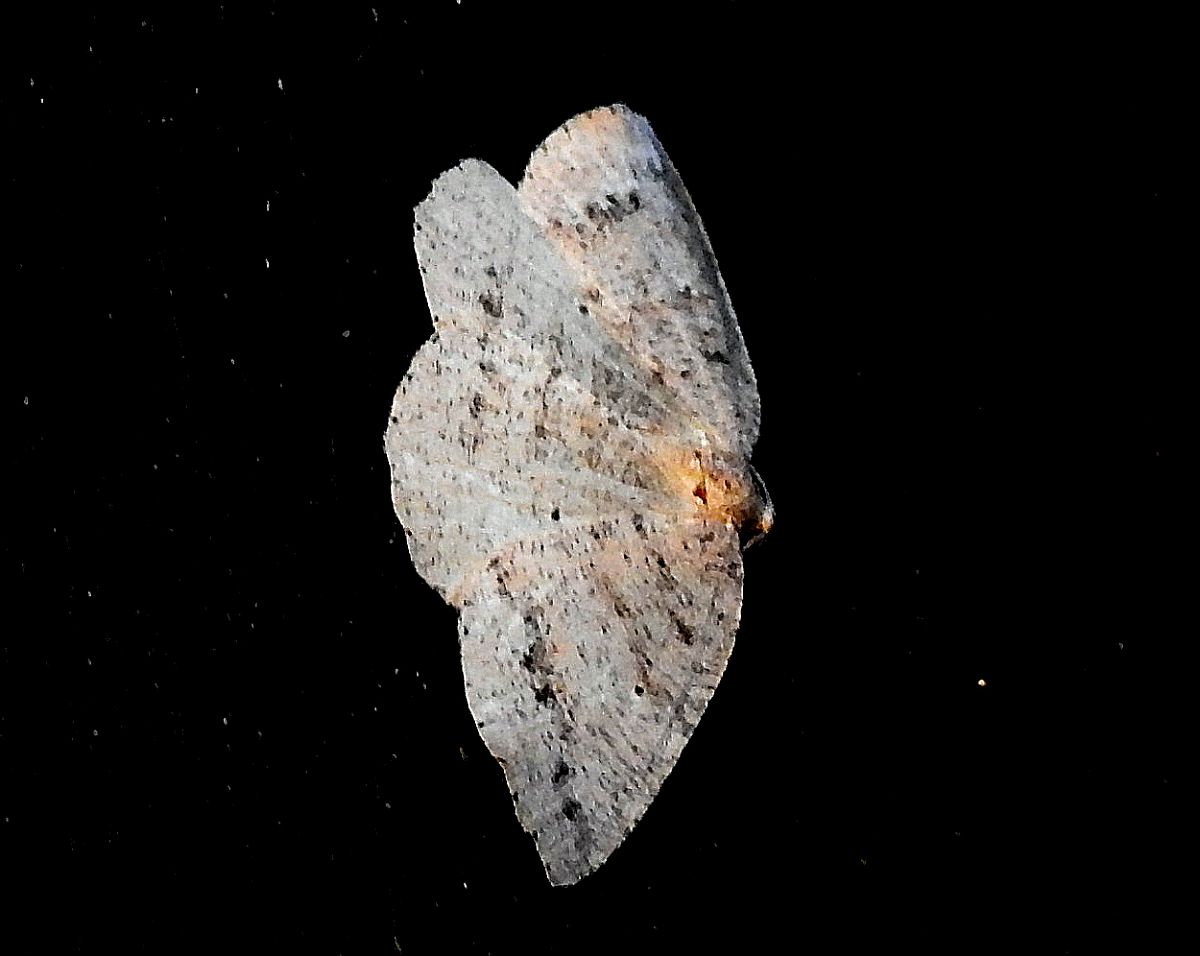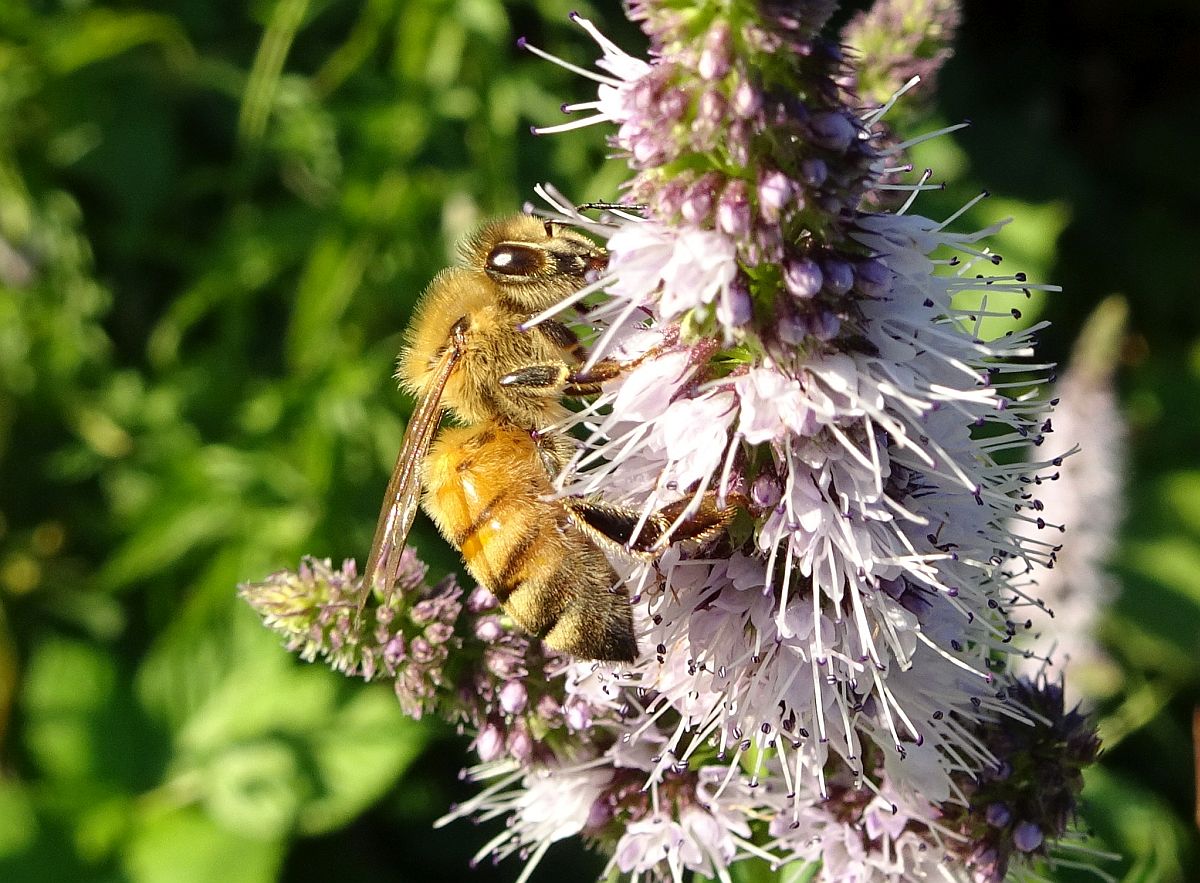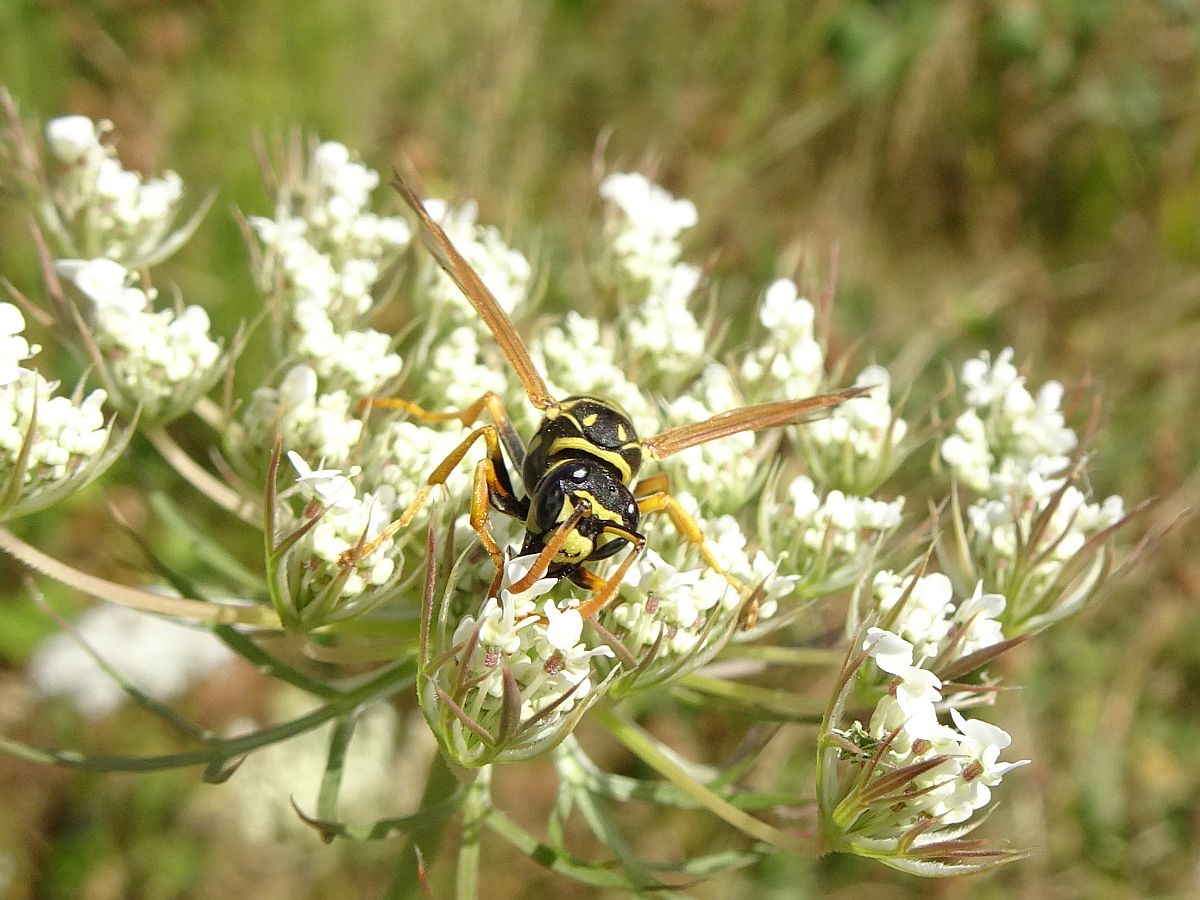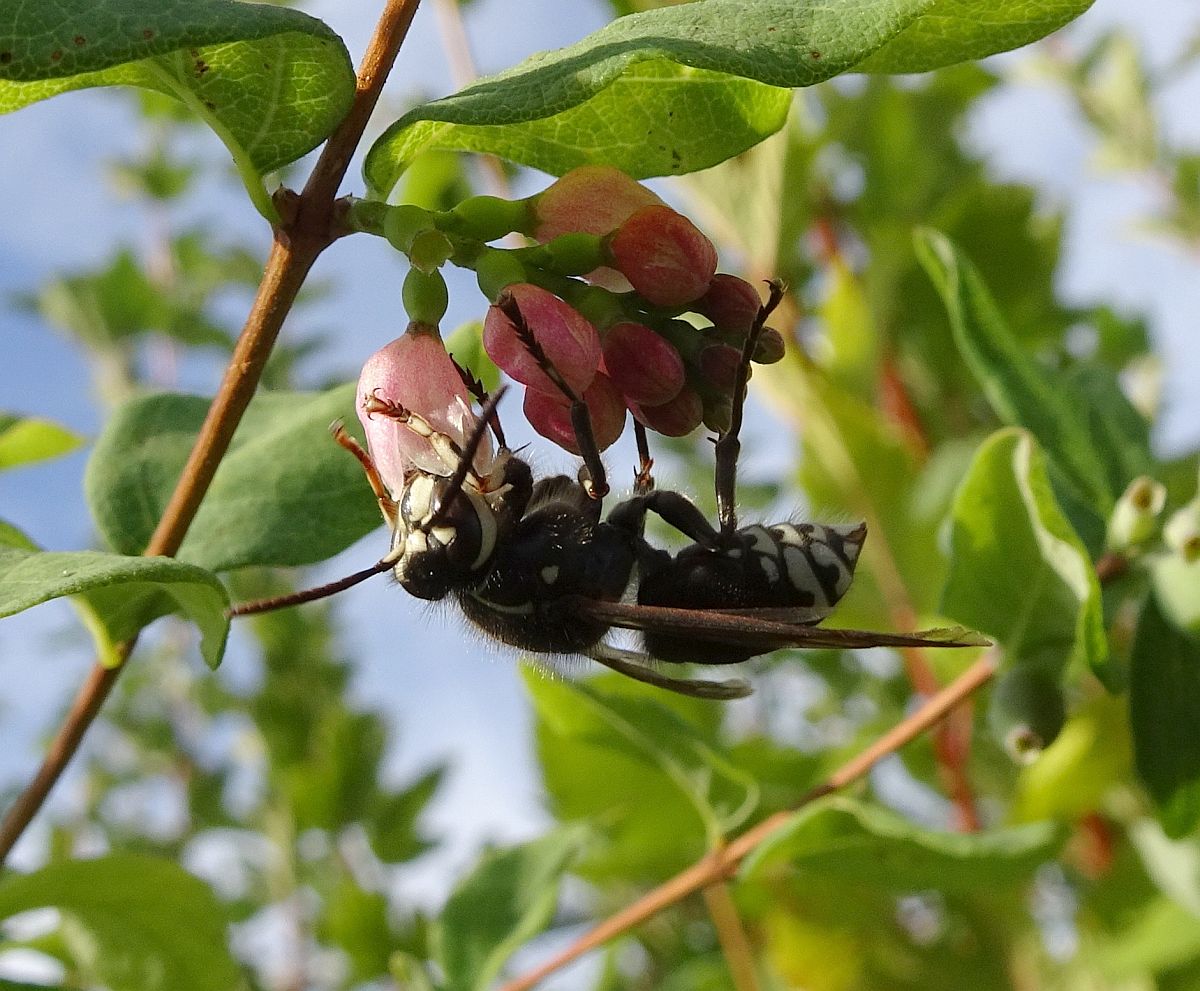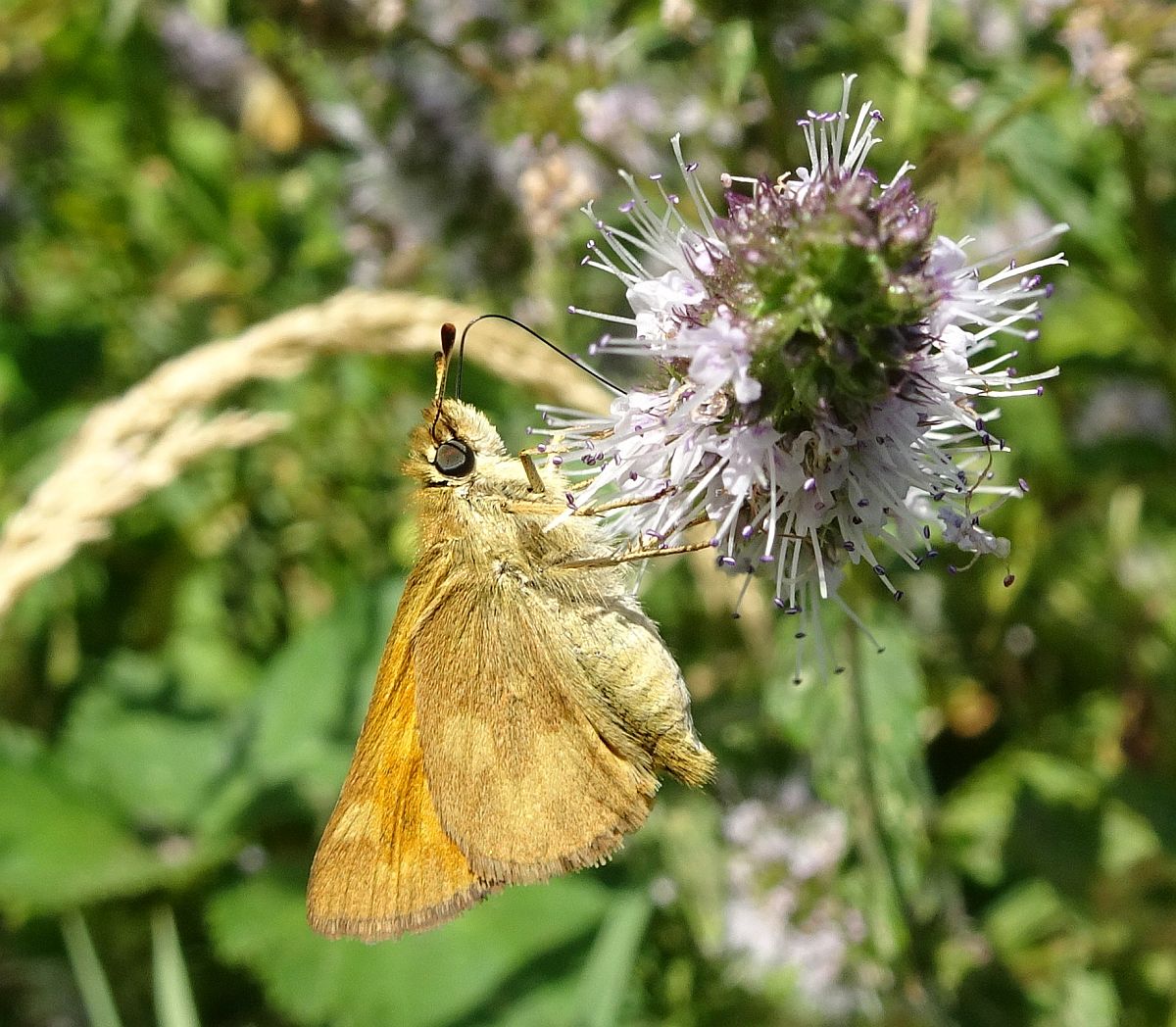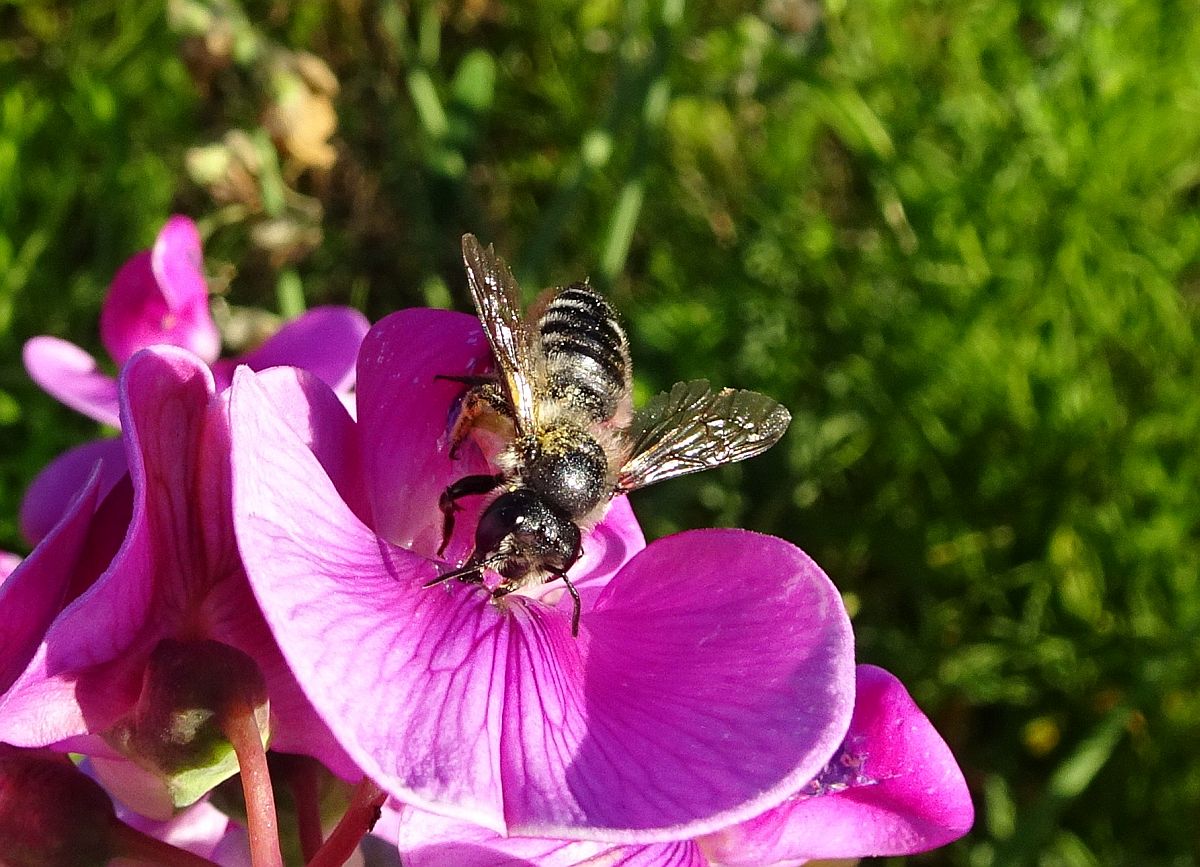2022 September 3 morning
September Butterfly Walk
Message from Gordon Hart
Hello Butterfly Watchers,
The last butterfly walk of the year is scheduled for Sunday, September 4. We meet at the top of Mount Tolmie by the reservoir, at 1.00 p.m. You can park in the parking lot there, or in the large lot north of the summit. After a look around the summit, we will decide on a destination from there.
You can review Vancouver Island butterflies at Val George’s new website : https://vancouverislandbutterflies.com/
Currently, the forecast does not look promising, but if it brightens up by midday, the walk will likely go ahead.
Gordon Hart,
Butterfly Count Coordinator
Victoria Natural History Society
Marie O’Shaughnessy photographed these two butterflies in Uplands Park in the last week of August.
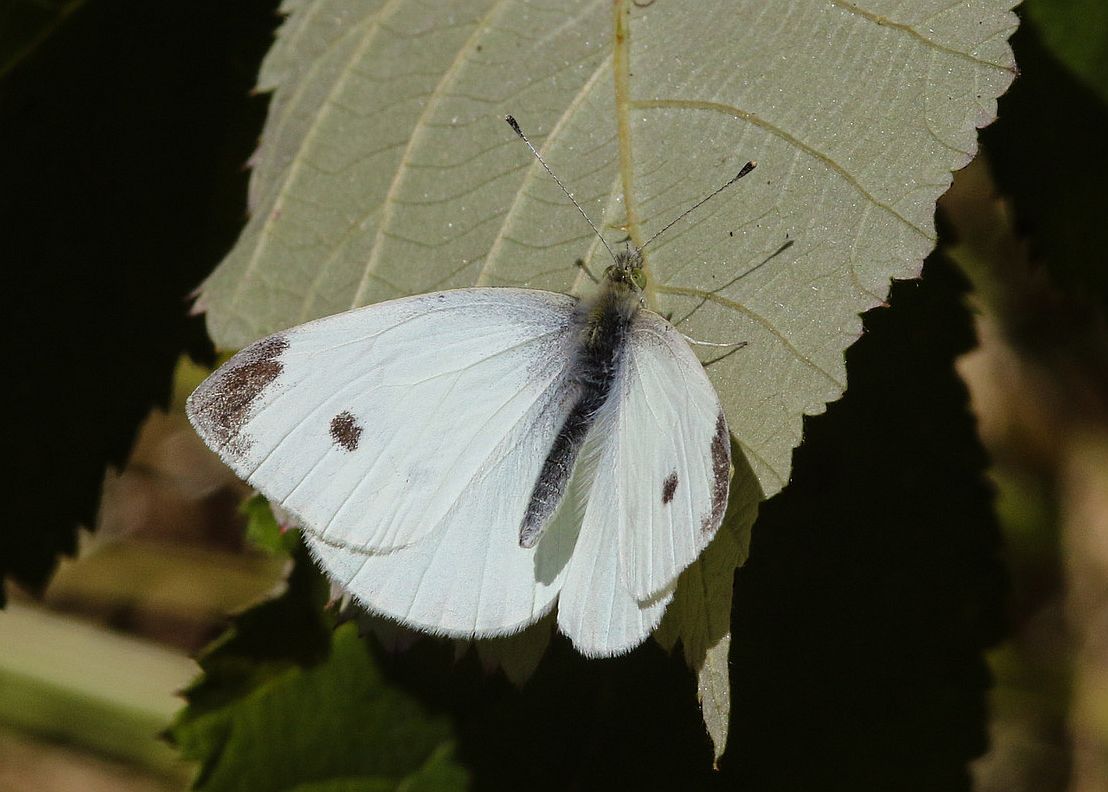
Cabbage White Pieris rapae (Lep.: Pieridae) Marie O’Shaughnessy
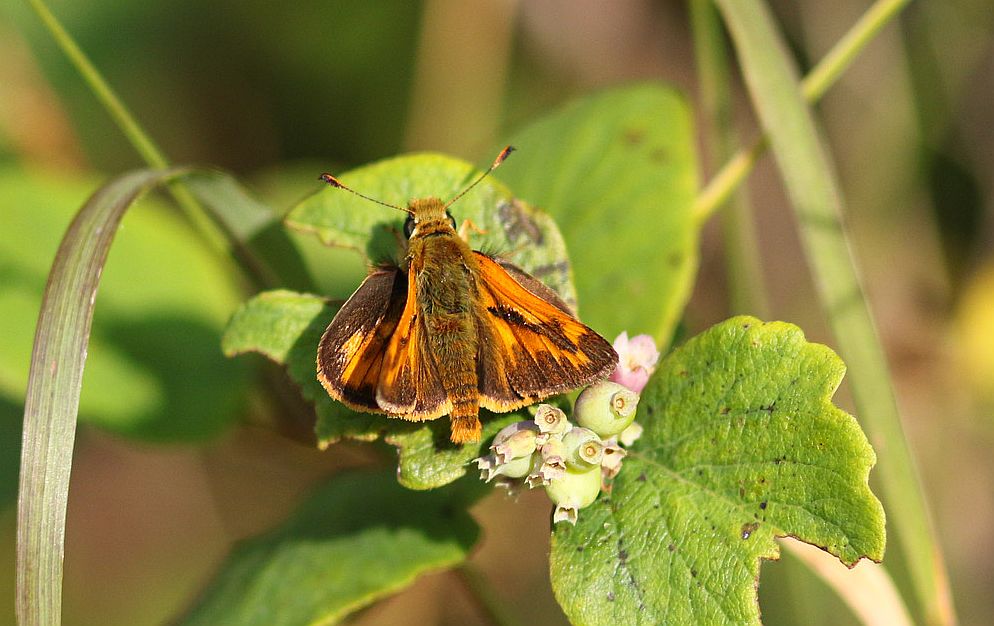
Woodland Skipper Ochlodes sylvanoides (Lep.: Hesperiidae)
Marie O’Shaughnessy
Jeff Gaskin writes: I was at McIntyre reservoir looking again for the Orange Sulphur yesterday, September 2nd. I didn’t find it, but I did see a Common Green Darner and two Variegated Meadowhawks. The Darner was close to shore on the reservoir while the two Meadowhawks were seen close together in the scrub that grows along the west side. The only other dragonflies I saw were a few Blue-eyed Darners.
[Jeremy Tatum inserts: I was nearby on Martindale Road, where I saw a Black Saddlebags.]
Jeff continues: I also counted the Cabbage Whites in the cabbage patch along Island View Road and came up with 120. There were also 3 or 4 Woodland Skippers at McIntyre reservoir.
Jeff continues: Late on September 2, a Lorquin’s Admiral flew through my mother’s back yard while I was mowing the lawn. She lives in the Burnside/Gorge neighbourhood. Also, Kirsten Mills just told me that she saw a Grey Hairstreak amongst the bedding plants outside Hillside Centre also September 2.

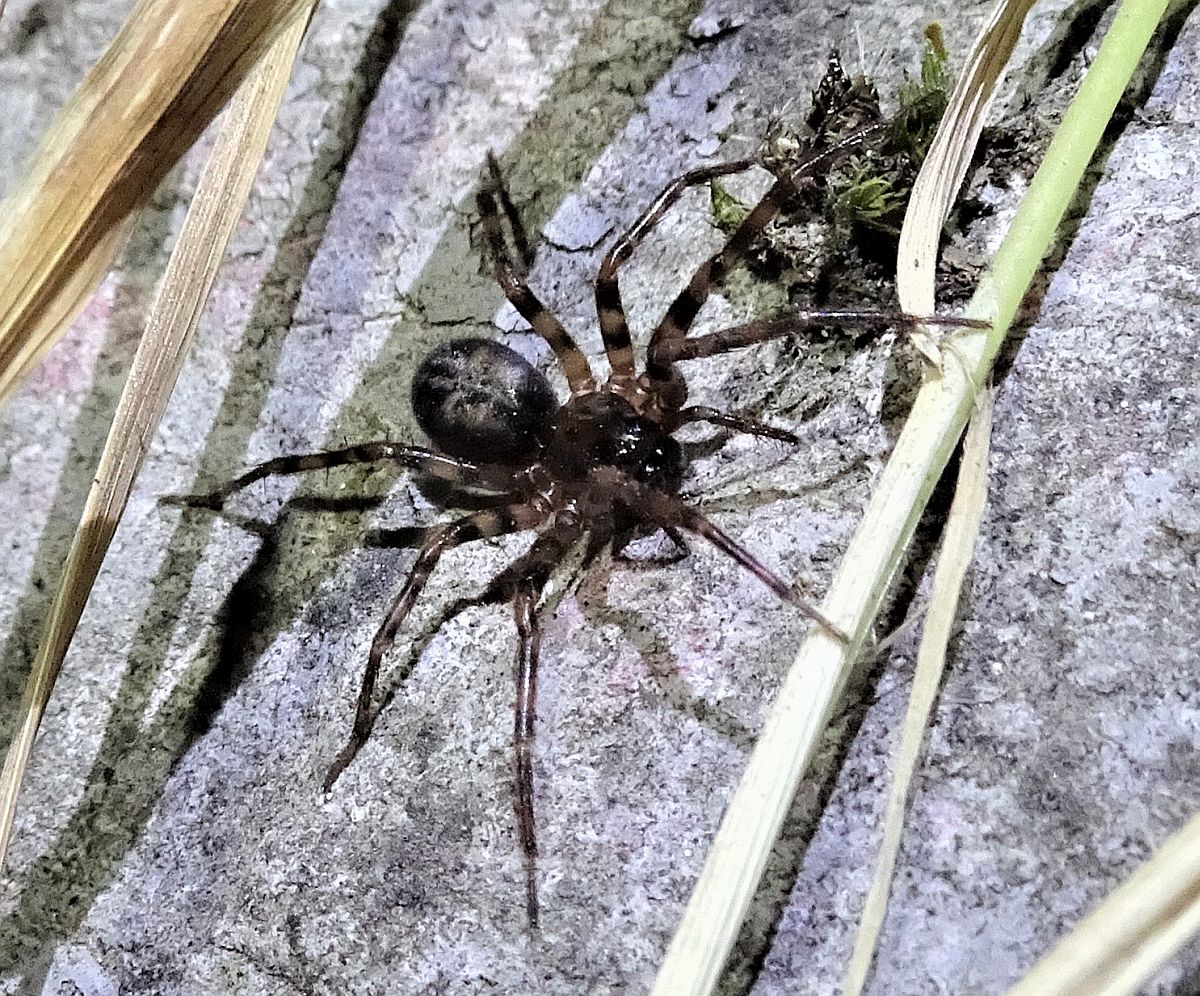
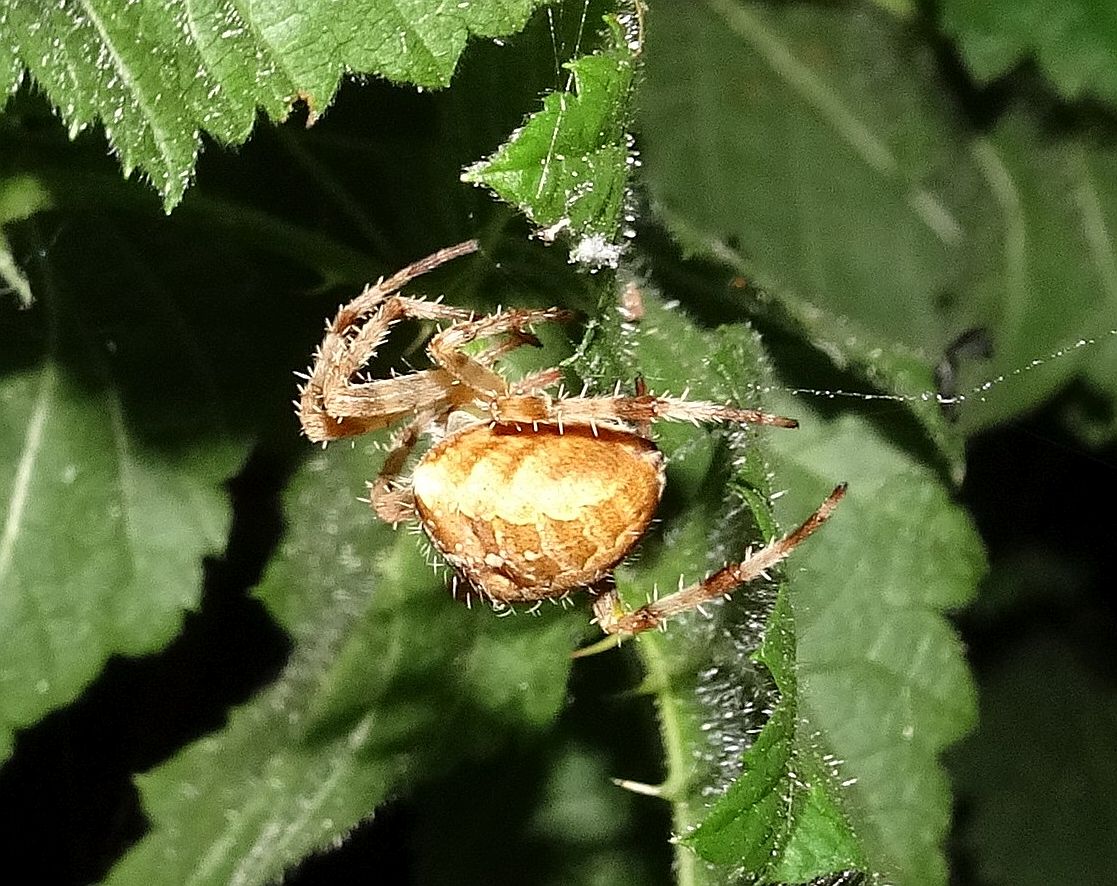
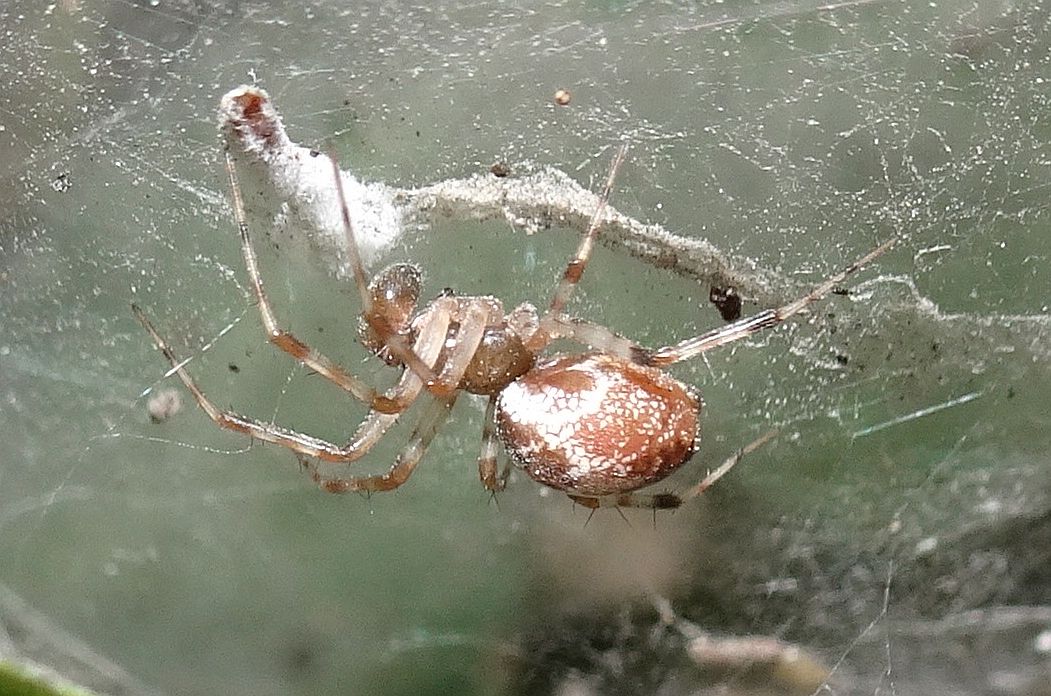
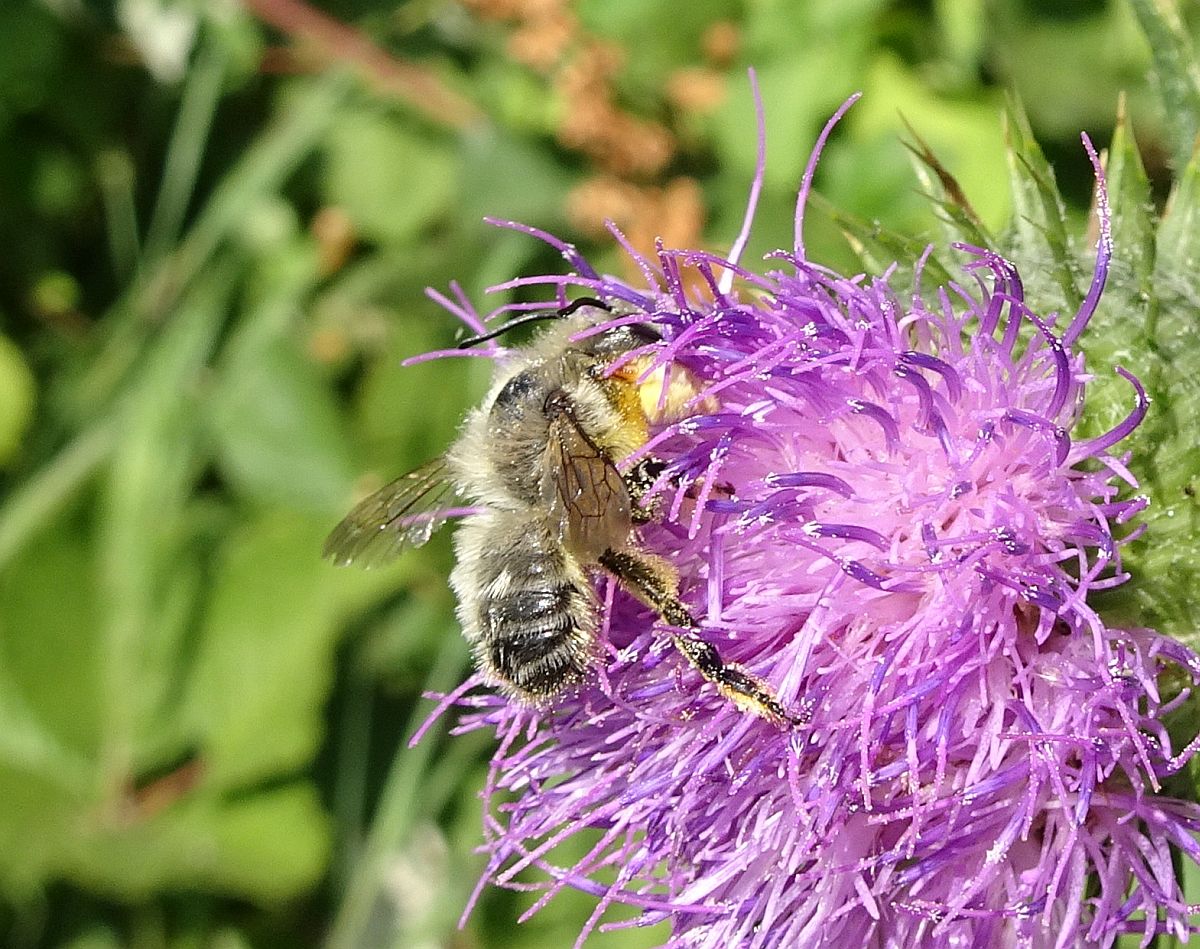
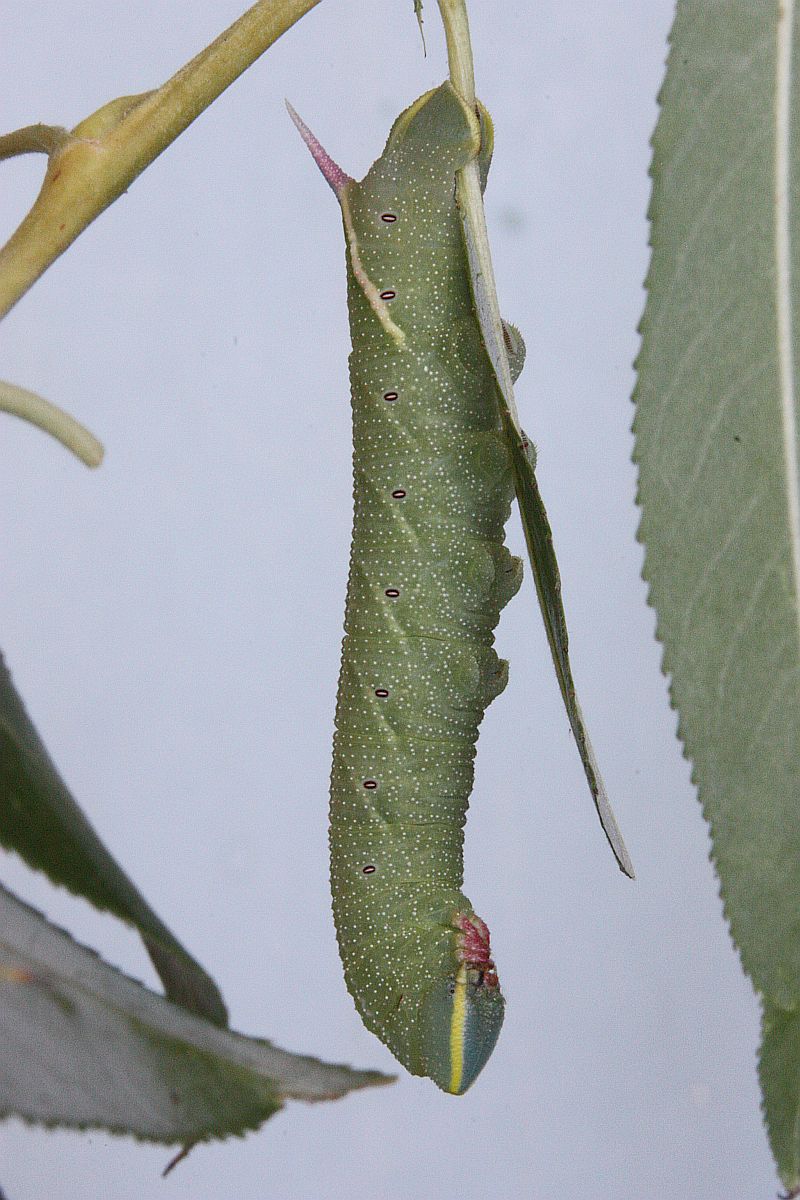
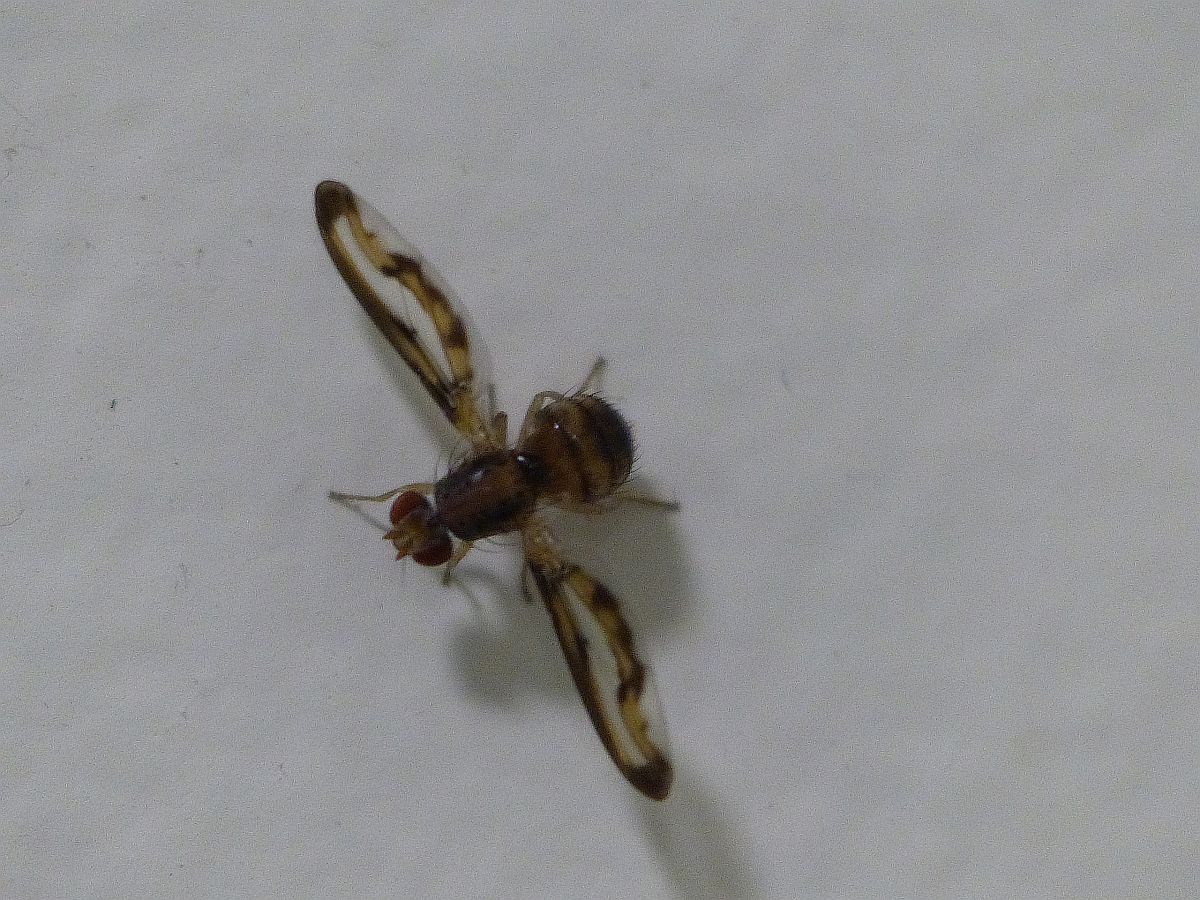
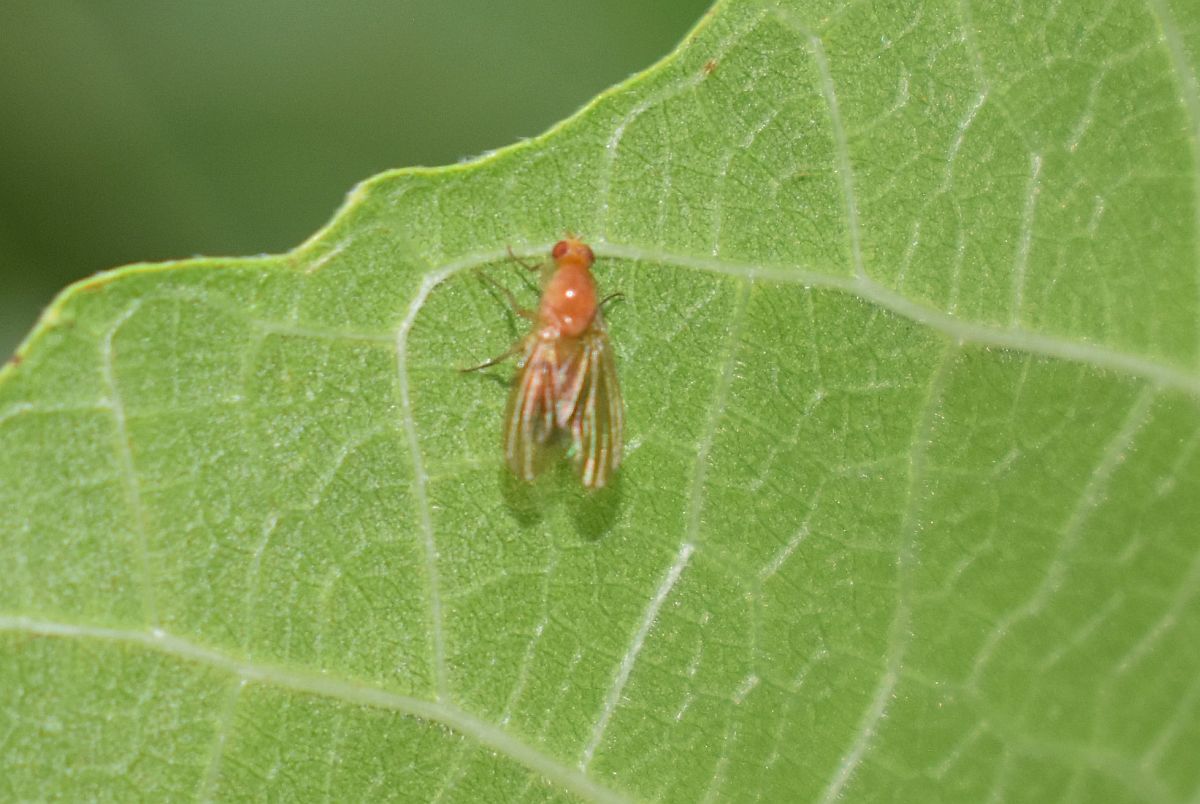
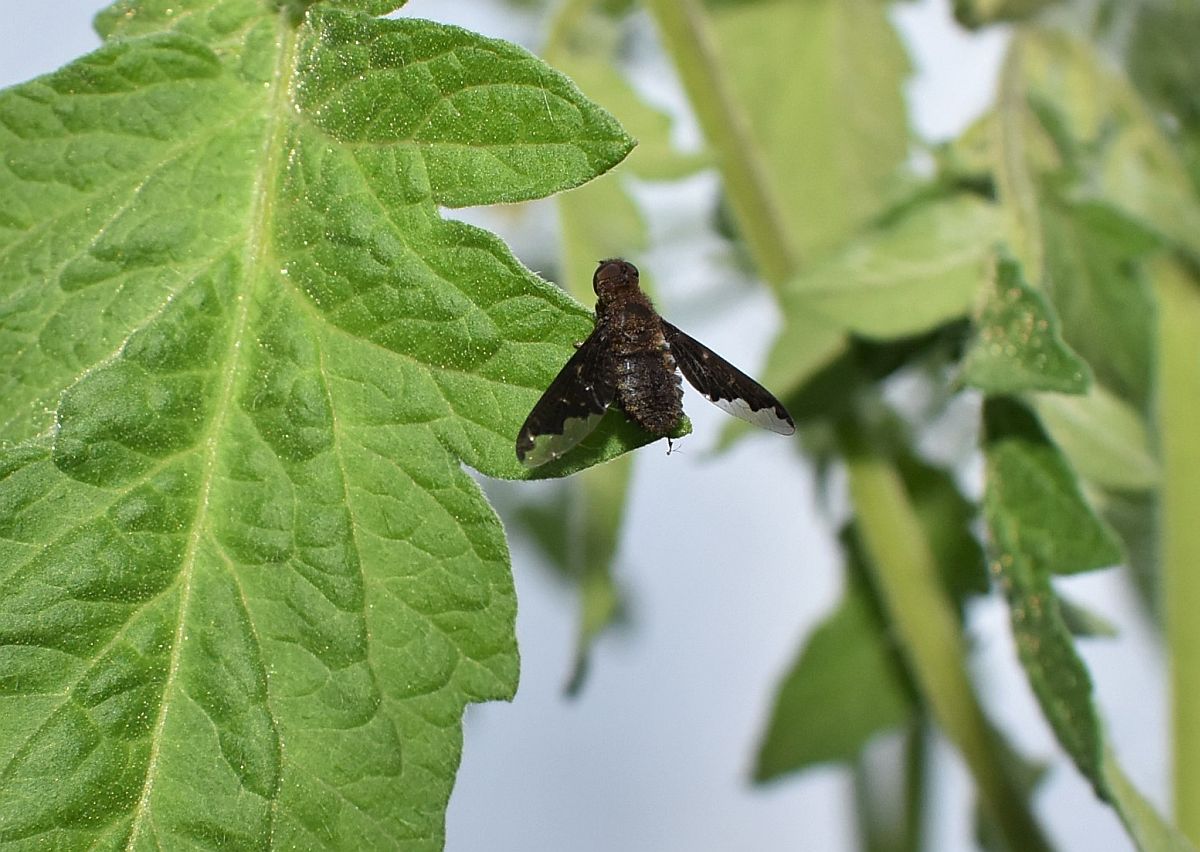
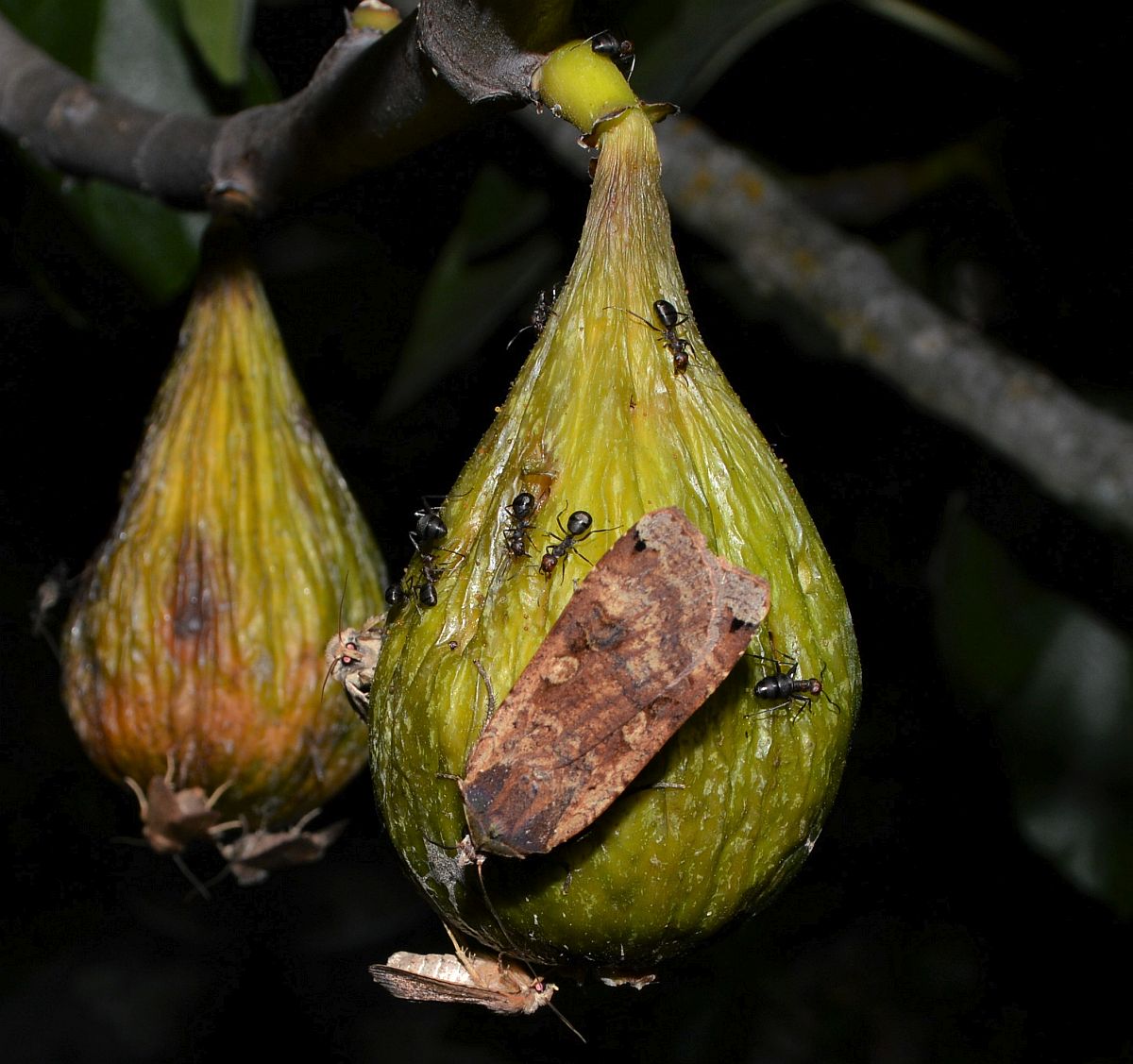
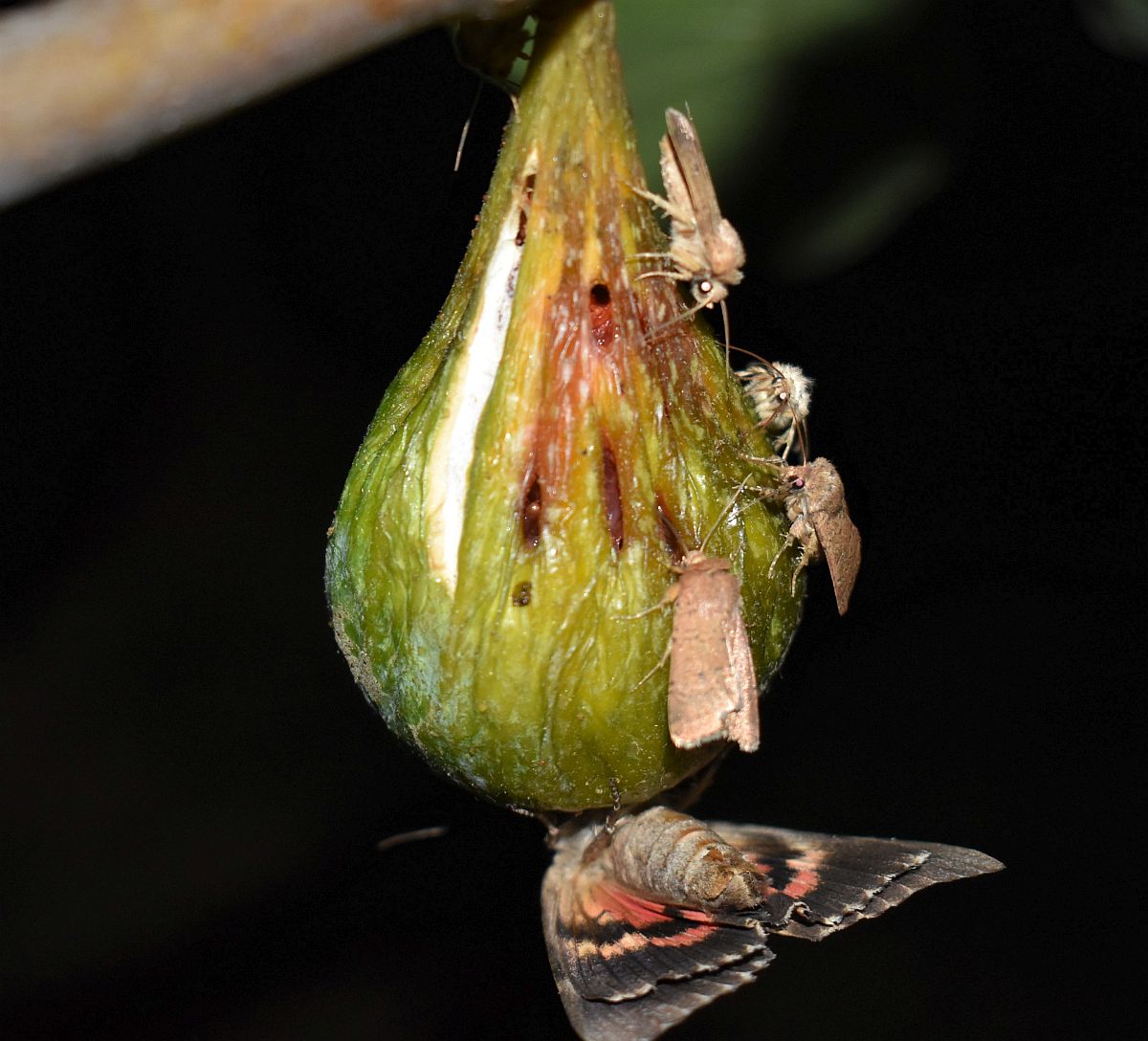
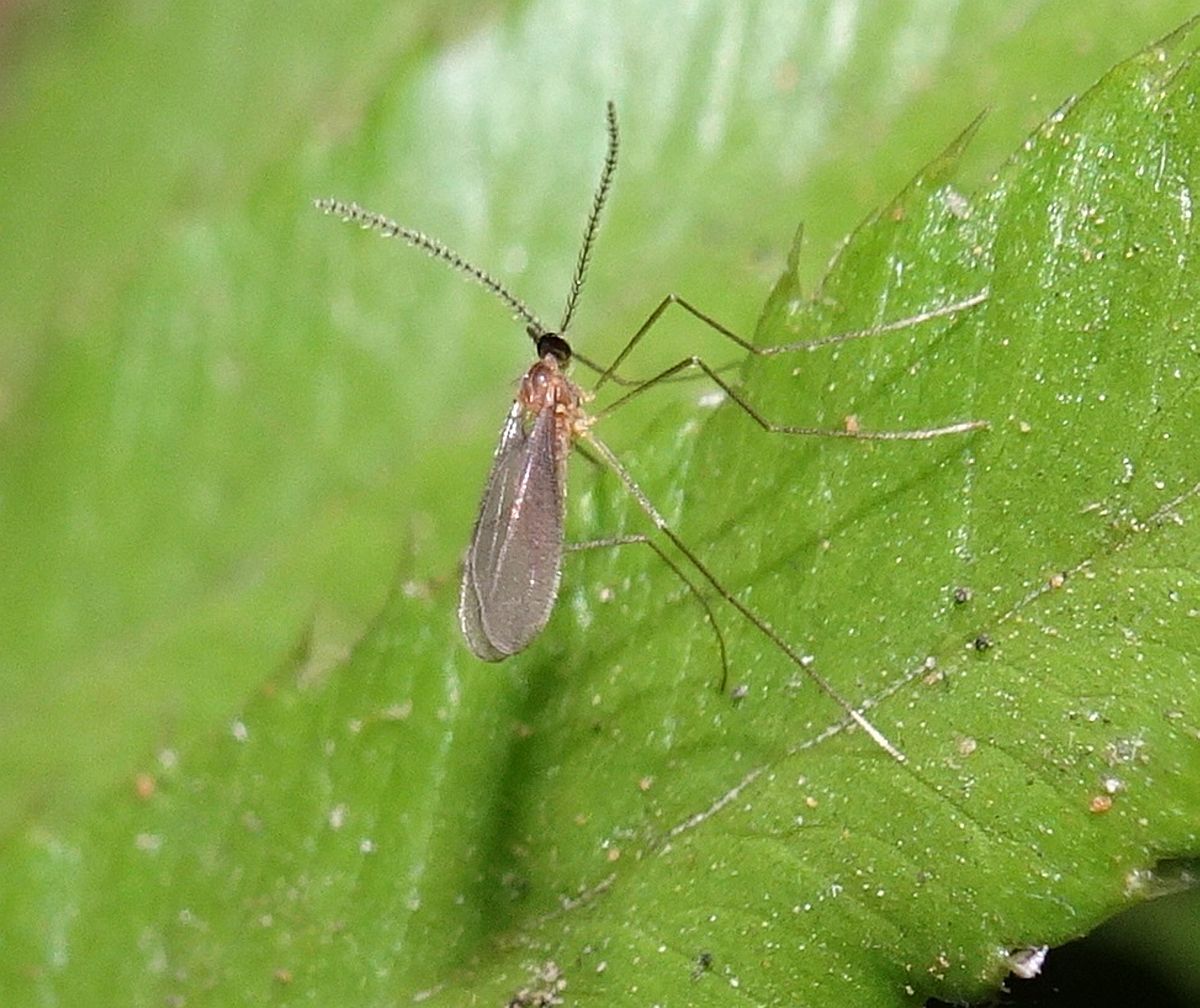
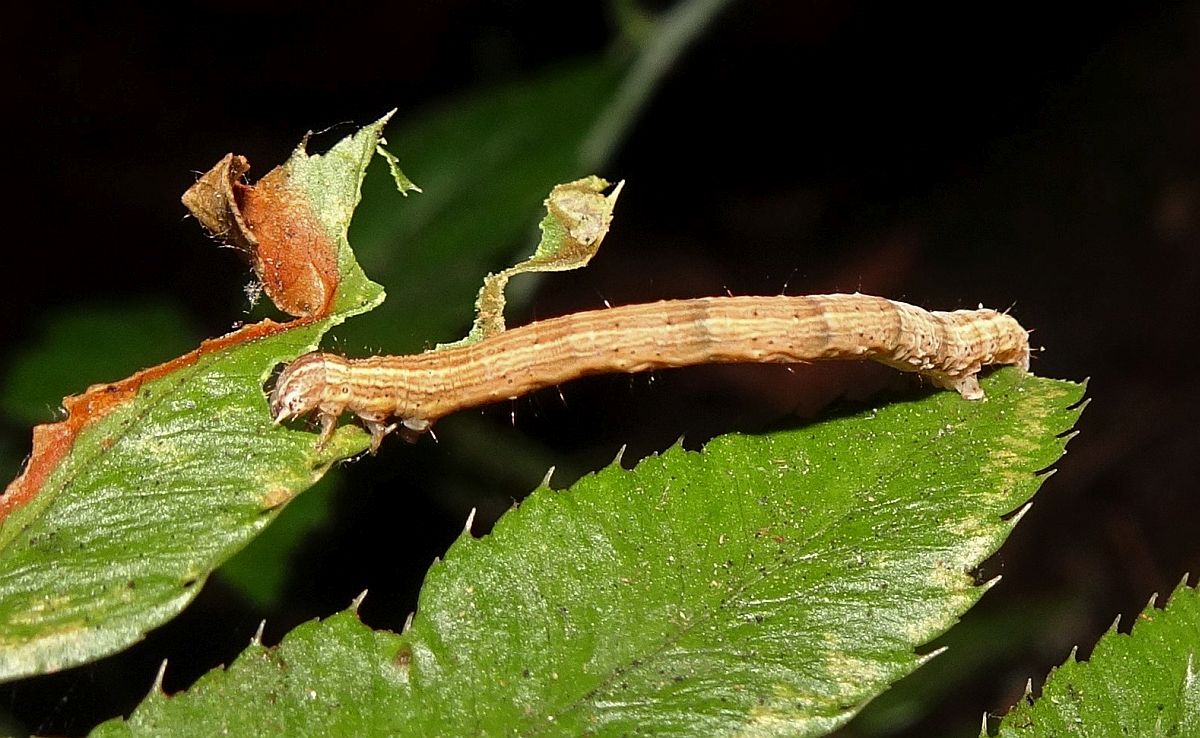
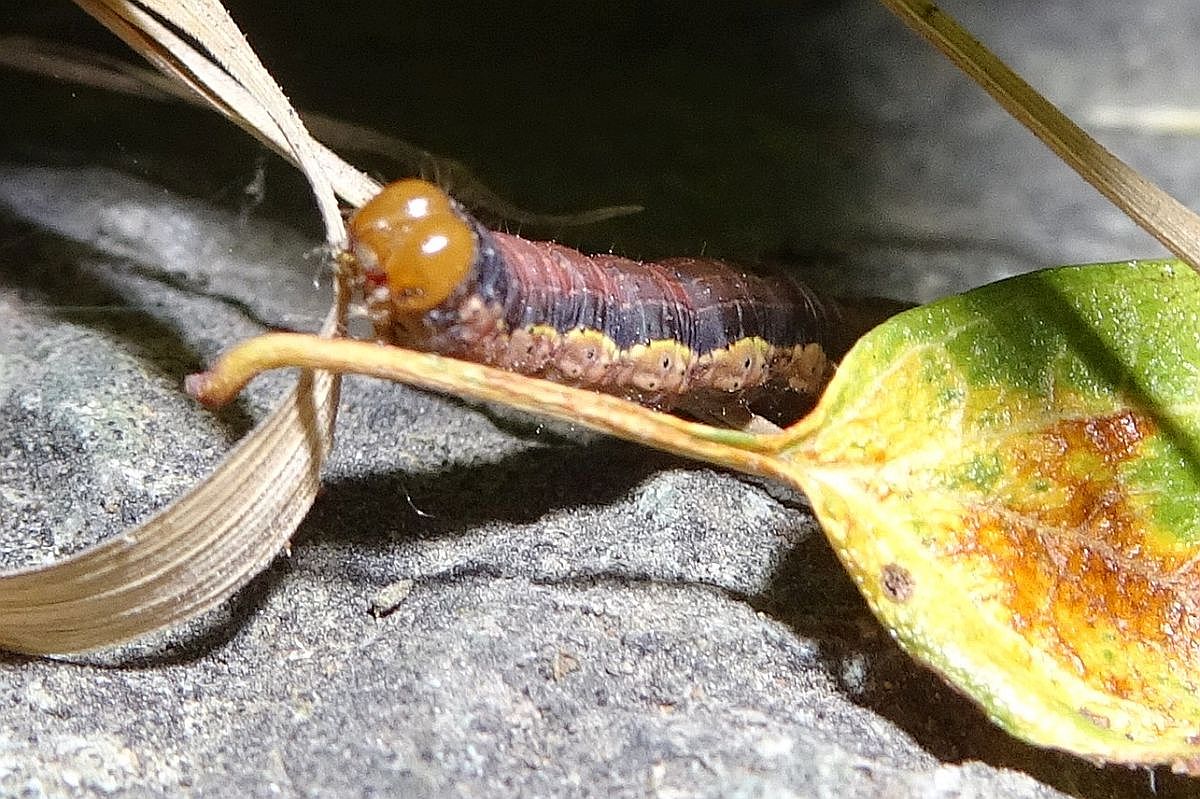
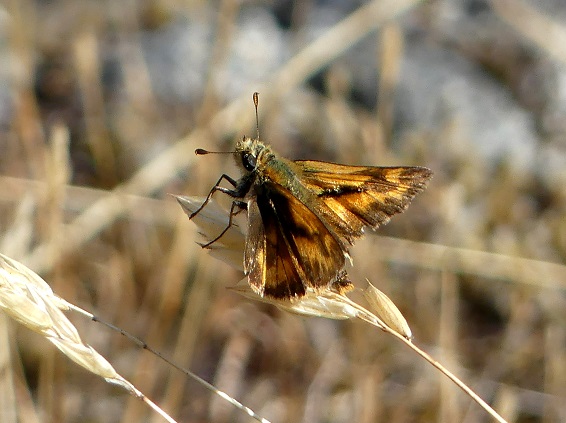 Woodland Skipper Ochlodes sylvanoides (Lep.: Hesperiidae) Aziza Cooper
Woodland Skipper Ochlodes sylvanoides (Lep.: Hesperiidae) Aziza Cooper